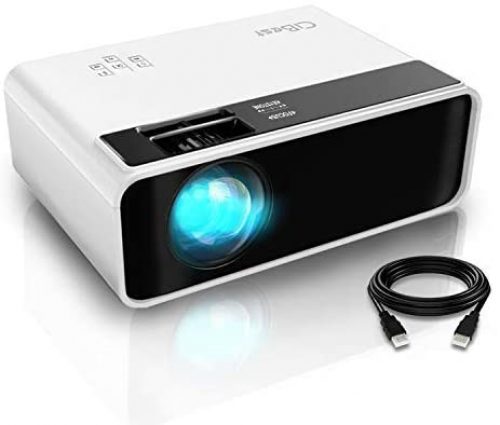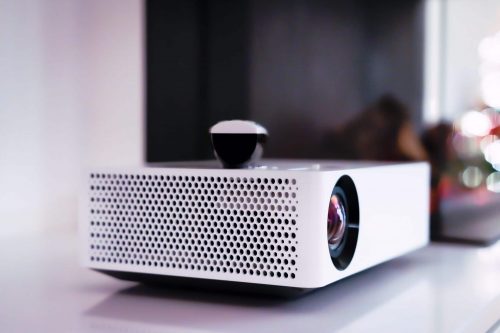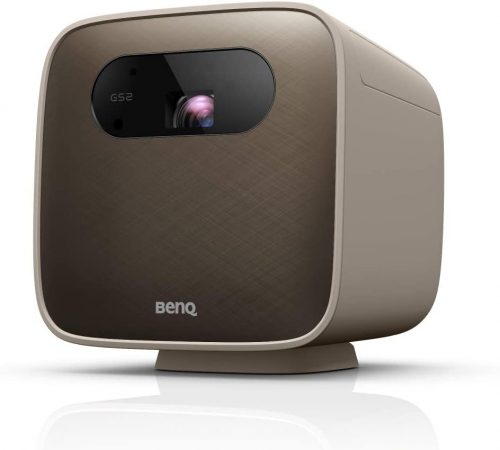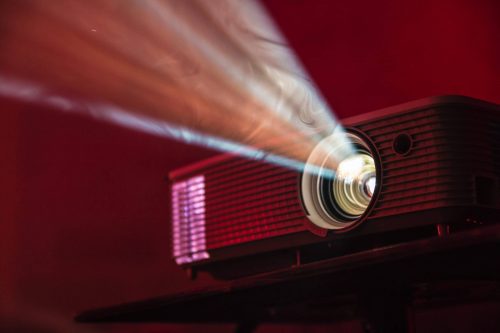
A home theater projector can produce an annoying humming or buzzing fan noise that can negatively affect your viewing experience. Good thing, a hush box can be used to avoid this noise. Our experts will tell you what you need to know about the projector hush box and how you can actually build one yourself without costing you much in this guide.
How Does a Projector Hush Box Function?
A projector hush box uses foam in its lining to absorb the sound created by the projector’s fan. A hush box should also have a good ventilation system to keep the projector nice and cool to avoid overheating. As an enclosure, it has the responsibility of keeping dust away from the internal components of the machine to avoid clogging and static from building up.
Purpose and Advantages of a Projector Hush Box
Hush boxes of projectors were designed to keep the fans of a projector quiet. This device provides all of the benefits of a projector enclosure while not muzzling the device sound noise.
Placing a projector inside a hush box can greatly reduce or totally remove the obnoxious, buzzing sound noise coming from its fan, allowing you to enjoy your movie viewing experience or business presentation without any audio distractions.
As mentioned above, this device has the secondary duty to keep the projectors product ventilated properly to avoid overheating, especially since you’ll be keeping it enclosed in a relatively small space.

A set of fans, usually one intake and one exhaust, must be installed to maintain air flow inside the box. According to our experts, additional fans can be added to the design of the hush box, depending on the design and size of the projectors.
In using a hush box, not only are you reducing the fan sound noise coming from the projector, you’re also prolonging the device life and preventing a possible fire hazard all at the same time. Having one in your home theater or AV room setup is basically a win-win situation.
Building a Projector Hush Box
Hush boxes, these devices, can either be built yourself or ordered online. The problem with ordering online is that there are only a handful of companies that make these products, and if they do, they would often charge a large sum of money due to the scarcity of competitors offering lower-priced products. As such, building DIY projects is usually the way to go.
The segments below will show you the common measurements for building your own hush box device, as well as some factors to consider when choosing the materials and the overall design.
Measurements
To start off, the ideal measurements of the walls of the hush box should be 3 to 6 inches (76mm to 152mm) from each side of the projector. This would vary from one model to another. First, measure the actual size of the projectors. This is usually listed on the box it came with after purchases or from the manufacturer website.

Factor in the spacing of the holes for the projector power cable, the cooling fans, and any other connections or electronics you wish to wire the projector to. Also consider where the intake and exhaust vents of the projector are located when designing the hush box to ensure proper airflow and dissipation of heat. You do not want the hot air from the exhaust to circulate around the enclosures, causing overheating and projector shutdowns.
Enclosure
The outer walls of the enclosure should be 3 to 6 inches larger than the projector itself. Hush boxes typically employ wood as their material of choice since it’s relatively easy to have their shape modified, making them the ideal for the box itself. It is also a good idea to give an ample amount of space to the sides nearest to the projector’s intake and exhaust.
Make sure to use two layers of wood, as it isn’t the best for sound insulation. The wood must be smoothed out and dust-free. You cannot risk putting the projector inside a dusty enclosure with leftover wood shavings, as the shavings may end up getting sucked inside the projector instead, causing electronics damage.
Fan
Hush boxes need a constant air supply to keep the chambers inside cool. It is suggested to search and use PC cooling fans for the intake and exhaust of the hush box. Larger fans allow more air intake, but let more sound noise from the projector to escape the enclosure.
Proper measurement of the hush box’s height and width must be considered when choosing the right fan size for ventilation. Some hush box designs you can search also allow for multiple intake and exhaust fans, so you can compensate for the use of smaller cooling fans.

The fans will, of course, require power, just like any other electronics devices. A 12V specs trigger can be used to power them. Alternatively, you could connect the fans to a power adapter, then to a “smart outlet” that you can program to turn on with your projector.
Cover
Hush box covers use clear, non-reflective glass to avoid the strong light beam from bouncing around the enclosure. The glass should be at least 3 millimeters in thickness to keep it strong enough from cracking under vibrations. Glass specifically made for hush boxes, called High-Efficiency Anti-Reflection (HEAR) coating [1] glass can also be purchased online to ensure the highest compatibility with your projector.
Things to Consider
Placement
Hush box placement is important since the higher its position, the dustier that area might be. Dust can quickly clog up the fan system, causing even more sound and heat to come from the projector. It can also conduct electricity and too much of it may cause a short-circuit, putting some of the components at risk of catching fire.
While the enclosure itself can keep dust away from the projector, the intake fans needed to keep the enclosure cool will also draw it in, so being able to access the hush box for cleaning should be taken into consideration.

The location of the hush box may also be a poorly ventilated area of the room. Being near a ceiling fan or air conditioner may help keep the temperatures in check to further avoid overheating.
Air Filtration
Projectors require a steady, clean, and a good amount of fresh air supply to operate effectively that causes the hush box to collect dust. If there is too much dust, the fans may become even louder than normal, and the projector may become overheated.
Our experts suggest using dust or air filters lining the walls of the air intake chamber. This can help prevent more dust from reaching the projector without compromising the cooler air drawn in by the intake fan. Since the filters would not be able to block 100% of the dust, make sure to clean out the hush box on a regular basis. Expect to clean the enclosure constantly if there is no air filtration.
FAQ
What is a projector hush box?
A projector hush box is an enclosure for a projector with the purpose of decreasing or totally eliminating the heat and the volume of the sound from its fans. Hush boxes are commonly made of wood with an inner layer of sound noise-absorbing foam or carpet-like material for sound insulation.
Conclusion
A projector hush box is an investment for a projector that is too loud or too hot. The installation may require skills, but it is well worth it in the end. In this guide, our experts provided you the knowledge on how to make your own hush box. This can reduce the humming and buzzing of the projector’s fan for a satisfying home theater experience.
The post What is a Projector Hush Box? — For Noise and Heat Reduction appeared first on The Product Analyst.
from The Product Analyst https://theproductanalyst.com/projector-hush-box/
No comments:
Post a Comment